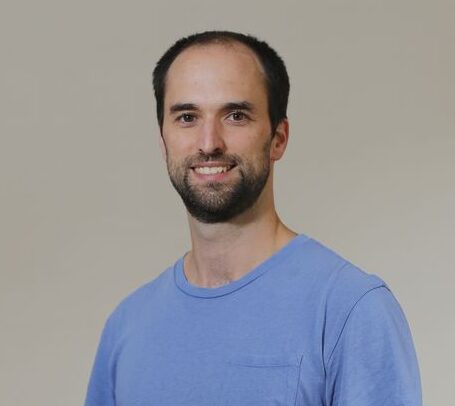
Carlos Aspillaga
PUBLICACIONES
ABSTRACT
CoTranslate is a web-based platform designed to efficiently label and review translations from language experts, with the aim of creating high-quality sentence-pair corpuses for training neural machine translation models. Utilizing Django backend and ReactJS frontend, the platform fosters collaboration among experts in translating and validating sentences. Focused on developing quality corpora, particularly for low-resource languages, CoTranslate addresses linguistic barriers and enhances translation quality. By streamlining the creation of robust training datasets, CoTranslate holds significant potential to impact the field of machine translation.
ABSTRACT
The field of natural language understanding has experienced exponential progress in the last few years, with impressive results in several tasks. This success has motivated researchers to study the underlying knowledge encoded by these models. Despite this, attempts to understand their semantic capabilities have not been successful, often leading to non-conclusive, or contradictory conclusions among different works. Via a probing classifier, we extract the underlying knowledge graph of nine of the most influential language models of the last years, including word embeddings, text generators, and context encoders. This probe is based on concept relatedness, grounded on WordNet. Our results reveal that all the models encode this knowledge, but suffer from several inaccuracies. Furthermore, we show that the different architectures and training strategies lead to different model biases. We conduct a systematic evaluation to discover specific factors that explain why some concepts are challenging. We hope our insights will motivate the development of models that capture concepts more precisely.

Vicuña Mackenna 4860
Macul, Chile



